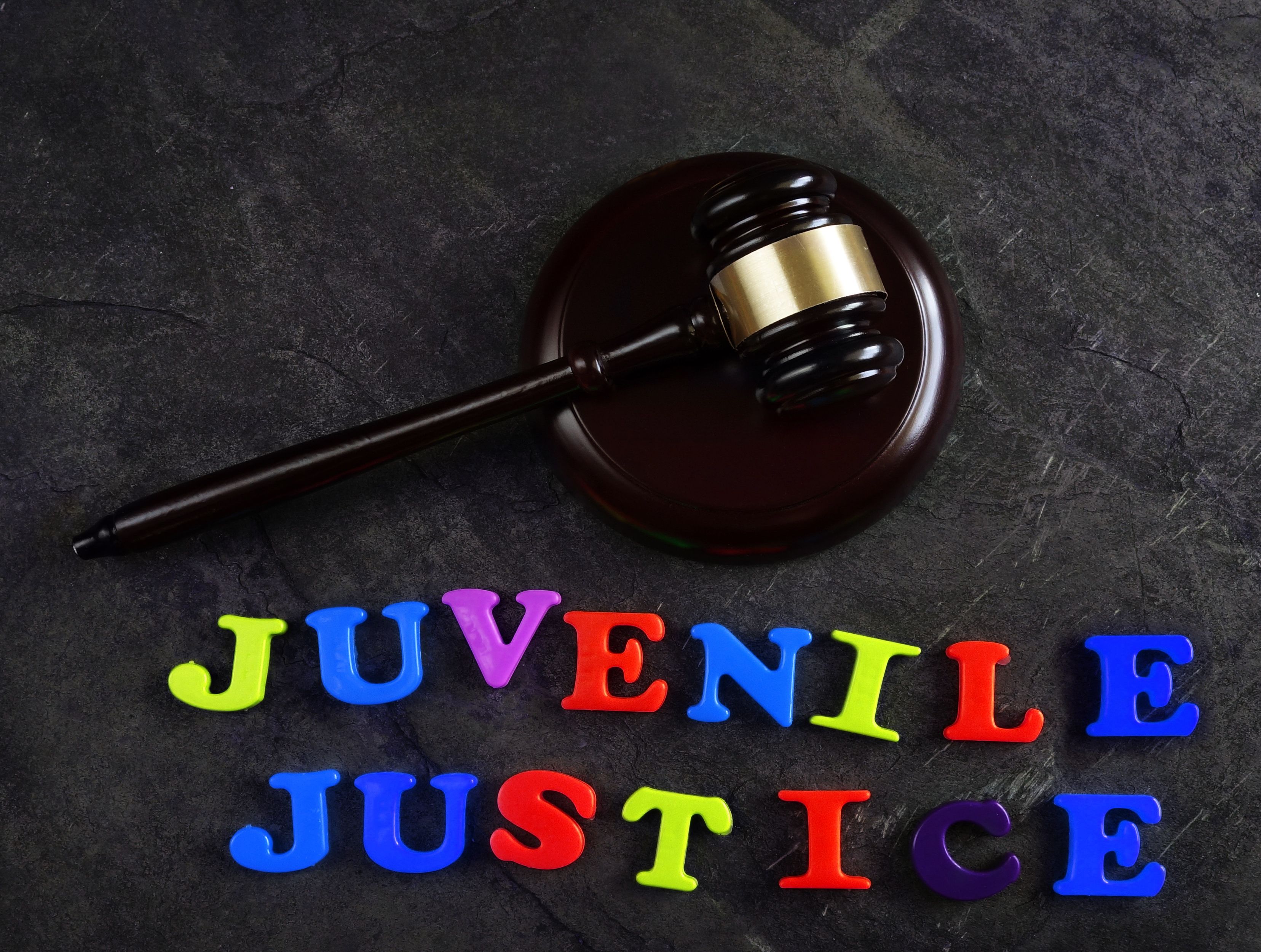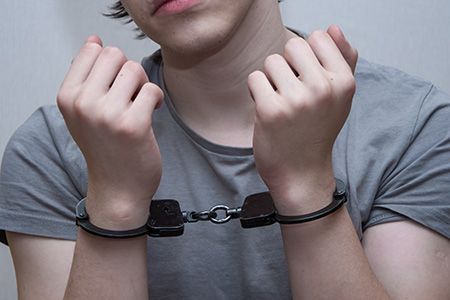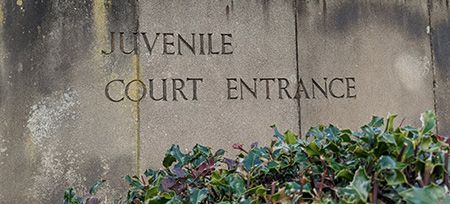
America's Juvenile Court and Laws
Law enforcement arrests nearly 2,000 children every single day in the US. Although this number of arrests is 62% less than a decade ago, the statistics are clear, and police officers arrest children every 45 seconds. And while most juveniles never break the law again, some children don’t get a second chance. Parents and children need to know what to do after a child is arrested and enters their first juvenile court.
What Happens After A Juveline Arrest
Juvenile laws protect young people in ways that aren’t available for adults. While the juvenile justice system does not overlook violent crimes, they are more likely to dismiss delinquencies. Nonetheless, juvenile courts can be confusing for both parents and children, so here is a simple guide to help you understand the nine steps for the juvenile justice system.
Step 1: Delinquent Behavior
A delinquency is a minor juvenile crime. Sometimes, the officer on duty won’t even arrest a child following delinquent behavior.

However, if an officer takes a child into custody, it’s often due to physical altercations.
Step 2: Referral
A referral is more than an arrest. While an arrest invokes an immediate referral, parents, teachers, counselors, and others in the community can refer a child for juvenile justice reform. If this happens, the child enters the juvenile justice system.
Step 3: Intake/Diversion
When a young person is in custody, intake workers must decide whether to proceed with a hearing, divert the case from court, or dismiss it entirely--one of the noticeable differences between juvenile and adult courts.
Step 4: Transfer/Waiver
Sometimes juvenile offenders are tried as adults. Their case must transfer from juvenile records to criminal court for that to happen.
Step 5: Detention
If juvenile court judges decide to take the case, they must discuss whether the young person needs to spend time in detention or a holding facility. Detention is for children who are flight risks or pose a danger to themselves and others.
Step 6: Adjudication
Adjudication is similar to a guilty charge in an adult criminal court. However, a noticeable difference between the two is that very few juvenile cases see a court hearing since the young offenders often plead guilty to a lesser charge or accept a settlement.
Step 7: Disposition
The disposition is the hearing in which the young offender hears the consequences of their actions and steps to make reparations.

This step often includes a probation officer and intervention plan.
Step 8: Juvenile Corrections
Juvenile court statistics show that over 90% of juveniles receive probation, and only 25% move to correctional facilities. Both results work to correct delinquent children and teach them positive reinforcement.
Step 9: Aftercare
When juveniles have served their time and completed the necessary hours, they will receive scheduled monitoring to ensure they are on the right path and smoothly transition back into the community. Aftercare is a concerted effort by the system to ensure justice and delinquency prevention.
Conclusion
No parent wants to pick up the phone and hear about their child's arrest. And while it may not always result in probation or correction, you must know what to expect throughout the juvenile justice and delinquency process.
